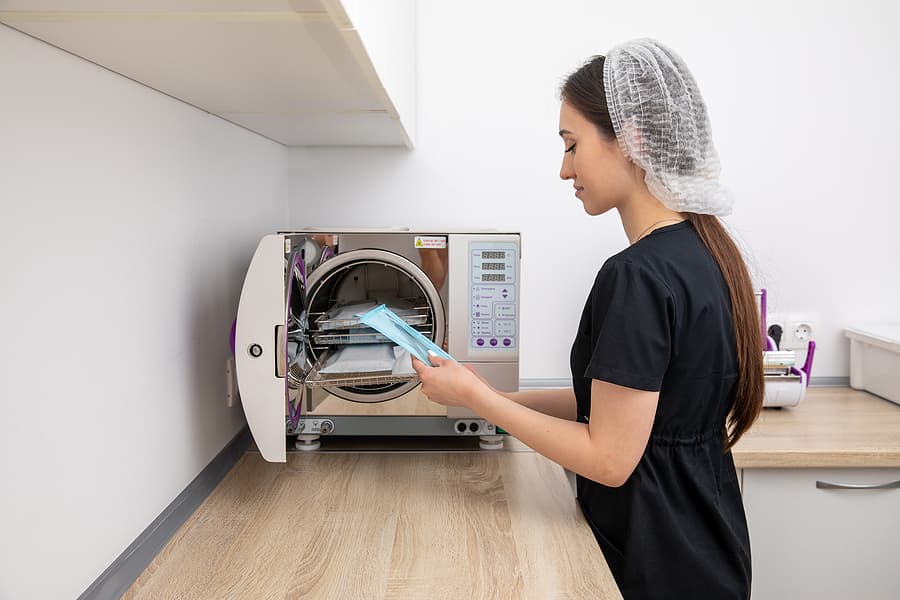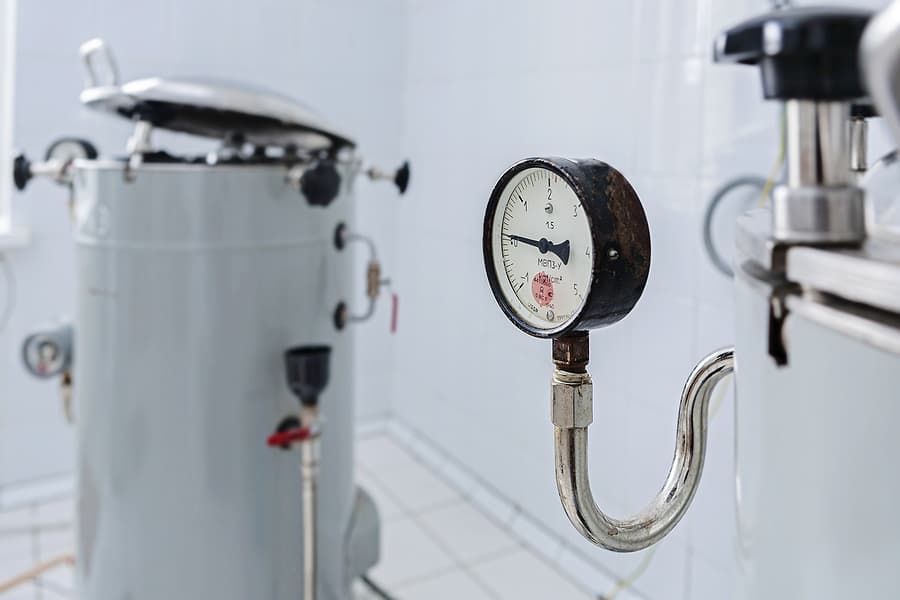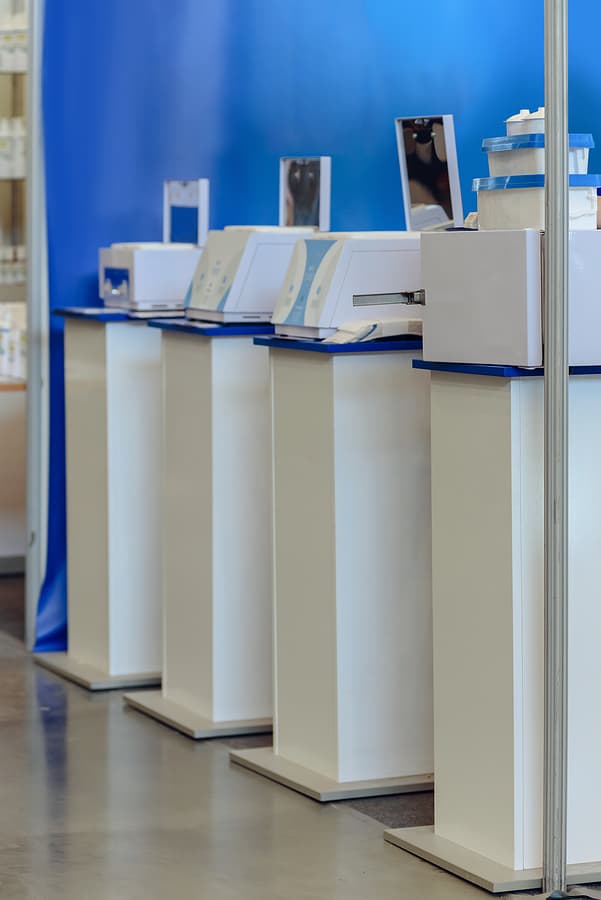Types of Autoclave: Classes, Methods, and Loading Styles

Autoclaves play a crucial role in any medical setting. These machines use a combination of steam, high pressure, and heat to sanitize a variety of devices and waste. While they all operate on the same basic principles, there are several different types of autoclave in the modern medical setting. Each type possesses its own strengths and weaknesses, and deciding on which type works for you depends on what you will be using it for.
Autoclave Class Types
Class N Autoclaves
These types of autoclaves make up the most basic of the group. They follow the gravity method, where steam pumped in forces the air out of the autoclave chamber. However, they typically aren’t powerful enough to remove all the air from the chamber. As a result, they’re only suited for simple sanitation jobs, like flat medical tools and non-porous equipment. They, like Class S autoclaves, are on the smaller side.
Class S Autoclaves

These autoclaves use a more advanced process, vacuuming out the air from the chamber before pumping steam in. Many will repeat the process of vacuuming out any air 3 times, creating a sealed chamber before sterilizing. Due to the effectiveness of this process, Class S autoclaves can sterilize all types of medical loads. This includes porous and hollow items, objects in pouches, and complex metal tools.
The one downside of Class S is their size. While powerful, they are limited by their chamber capacity. While the process time is not uniform, Class S autoclaves typically take longer than their larger Class B counterparts.
Class B Autoclaves
These autoclaves make up everything else. Some of the autoclaves in this category operate with a vacuum, while others operate using the gravity method. Regardless of the method, these autoclaves are large in volume. When you think of the large autoclaves found in the hospital, those are Class B.
The more advanced of the group tend to be the most effective on the market. With powerful vacuum pumps and steam systems, these machines can sterilize large quantities of varied materials in short amounts of time.
Autoclave Methods: Vacuum vs. Gravity
Gravity
Gravity based autoclaves, as the name suggests, operate using gravity and air pressure. Steam gets pumped into the chamber, where its comparatively heavier weight pushes out the air resting in it. Then, the steam in the chamber sterilizes the material.

Vacuum
Vacuum autoclaves follow a similarly accurate process as their name. First, a vacuum pumps out all the air in the chamber. Once this process completes, steam enters and fills the chamber. Due to the sealing and the lack of air, the steam in a vacuum autoclave can penetrate through pouches and other types of coverings.
The Different Loading Types of Autoclave
Media Preparators
The most specialized of the types of autoclave, the media preparator performs sterilization on microbiological media. This media includes agar cultures, peptone water, and sterile liquid media.
Horizontal and Vertical Autoclaves

Horizontal and vertical autoclaves refer to the way the chamber gets loaded. With a horizontal autoclave, an outswinging door on the side of the machine opens. With a vertical autoclave, the chamber opens from the top of the machine and gets loaded from there. Typically, vertical autoclaves possess larger chambers, and can sterilize more material at a time.
Pass-Through Autoclaves
Pass-through autoclaves, also referred to as a double door autoclave, are installed between two rooms. The un-sterilized material gets placed in the chamber through the first door, which then seals. After the process runs, the door on the other side gets opened by another person, where they remove the sterilized material.
For Everything That Can’t be Autoclaved, Medical Waste Pros Can Help
While autoclaves provide a great resource to medical sanitation, they can’t clean everything. That’s where Medical Waste Pros come in. We partner with reliable and licensed medical disposal providers across the country to satisfy all your medical waste needs. Give us a call at (888) 755-6379, or fill out the form on the page, and we’ll connect you to a provider near you within minutes.










